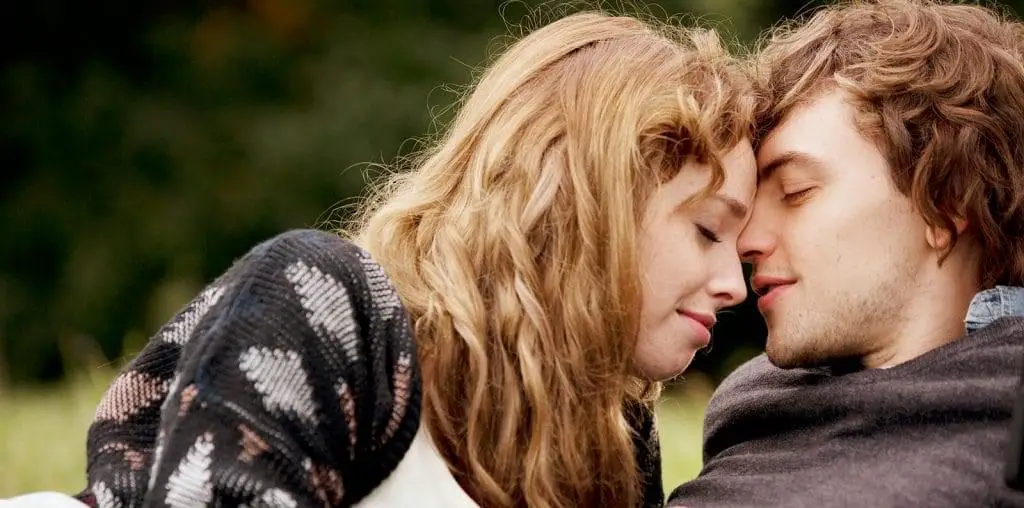
Total TeleVision Productions (TTV) may not be a familiar name to many people today, but back in the 1960s and 1970s it was impossible not to know their output. This animation company brought forth such beloved characters as Underdog, Tennessee Tuxedo, King Leonardo, the Go-Go Gophers, The Hunter, Commander McBragg, and The Beagles.
Mark Arnold’s new book Created and Produced by Total TeleVision Productions: The Story of Underdog, Tennessee Tuxedo and the Rest chronicles the meteoric rise and surprisingly abrupt disappearance of this cartoon fun factory. Film Threat caught up with Arnold at his Saratoga, California, home to get the inside story on TTV and its wacky creations.
What inspired the creation of this book?
The creation had two basic origins. I am a writer for a magazine called Hogan’s Alley and I did features for them about “Thurl Ravenscroft” and “John Sutherland,” which were both assigned articles. The following issue I asked the editor what he would like next and he said, “I don’t really have anything. What would you like to do?” I responded by saying, “I always wondered what happened to that animation studio called TTV that did ‘Underdog’ and ‘Tennessee Tuxedo.’ They seemed to have a pretty good track record and then suddenly they were gone.”
Editor Tom Heintjes said, “Go for it!” and so I did. This was in 2006. I tracked down two of the four owners of TTV (Buck Biggers and Chet Stover) and got their side of the story. Fortunately, they had just published a book themselves called, How Underdog Was Born which made tracking them down somewhat easier. Strangely, their book did not address what happened to the studio either, so I had to interview them to find out the story, which was eventually included in my article and, later, this book.
Around this same time, I published my first book – The Best of The Harveyville Fun Times! about the history of Harvey Comics. This book and the Hogan’s Alley article caught the eye of a couple of publishers, one being Ben Ohmart of BearManor Media, who asked if I thought I could expand the Hogan’s Alley article into a book. I said that I thought I could and started trying to track down anyone who worked for TTV, which was not an easy task, as many have passed away and the majority of the survivors were now in their mid-80s.
What made the TTV cartoons different, in style and substance, from the cartoons created by other TV-centric animation studios of the 1960s?
From a design point of view, the TTV (as well as Jay Ward) benefited from stylized artwork that had its origins from the UPA studios (Mr. Magoo, Gerald McBoingboing) as well as the advertising agency Dancer-Fitzgerald-Sample. This set them apart from Hanna-Barbera which had their origins with MGM Studios, and DePatie-Freleng which had their origins from Warner Bros.
TTV’s strongpoint was that their owners all had advertising backgrounds (three of them from DFS), and that created cartoons that were strong on catchphrases and simple but effective character designs by Joe Harris.
What is the Mexican connection to the TTV cartoons?
Except for the first season of “King Leonardo and His Short Subjects,” all TTV shows were animated by Gamma Productions, which was a Mexico City-based animation studio set up, in part, by General Mills to animate the shows produced by TTV and Jay Ward – which explains their similar look, and partially explains why some TTV segments (Commander McBragg) aired in Jay Ward shows, and vice versa.
Also, apart from the earliest TTV shows, which used stock music by Winston Sharples from the Famous Studios / Paramount library, the later background music as well as the shows memorable theme songs were all recorded in Mexico City at Gamma.
One of my interviewees for the book was Roman Arambula, who was an animator for Gamma, and gave me a first-hand account of working on the TTV and the Jay Ward shows. He later went on to work for other animation studios in the United States, as well as draw the “Mickey Mouse” newspaper comic strip for 15 years after Floyd Gottfredson retired in 1975.
Mexico was chosen because of cheaper labor costs, but the shows could have been done in Korea, Japan or Czechoslovakia just as easily. It’s just how things worked out.
What is the story of Underdog being accused of inspiring kids to become pill poppers?
In the early 1970s, there was a major crackdown on children’s television in general, and one of the many issues was removing references in cartoons where they drink or eat something to gain their strength, implying drug use. “Popeye” was immune to this charge, as spinach was deemed healthy, but other shows such as “Roger Ramjet” and “Superchicken” and “Underdog,” to name a few, underwent closer scrutiny and in the case of “Underdog” all references both visual and aural of Underdog consuming a “super energy pill” were excised from many syndicated prints by the 1980s.
I don’t know if kids really did become “pill poppers” as a result from seeing “Underdog” eating a pill, but Buck Biggers did say that someone came up to him shortly after his book was published, and the person revealed that he ate a bottle of aspirin, pretending to be Underdog, and had to get his stomach pumped.
I, myself, remember eating “Smarties” candies and pretending they were Underdog’s super energy pills as a child. I related this story to Buck as well and he said that at least that was a safer way, and that I probably did get energy from the sugar!!
What do you feel was the crowning achievement of TTV?
Most definitely Underdog, but I have a preference for Tennessee Tuxedo and Commander McBragg, personally.
What is your next project?
I am currently working on a book about Cracked magazine called, If You’re Cracked, You’re Happy: The History of Cracked Mazagine for BearManor, and a book about The Beatles called Mark Arnold Picks On The Beatles. I also am writing various articles for Hogan’s Alley and Back Issue and am still publishing The Harveyville Fun Times! after 19 years. I am also winding down a Harvey Art Show that appeared in San Francisco, New York and Pittsburgh during 2008-2009.

